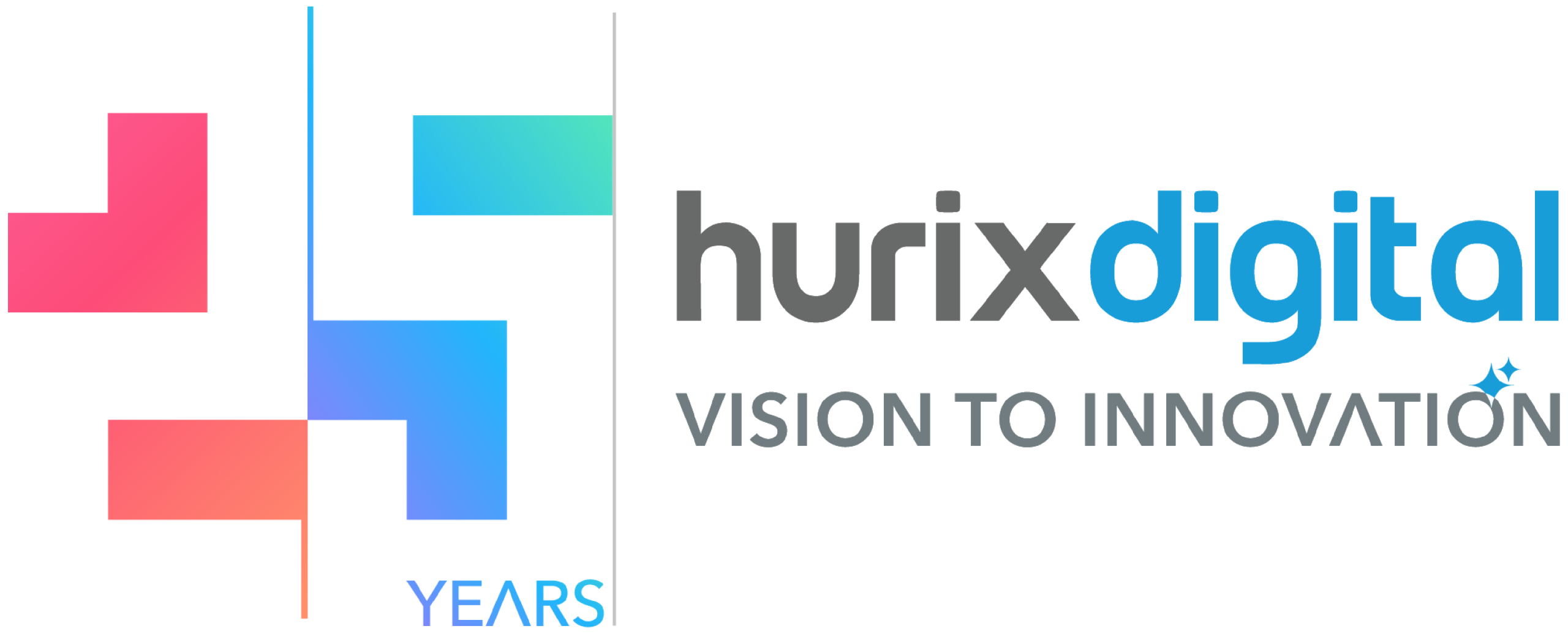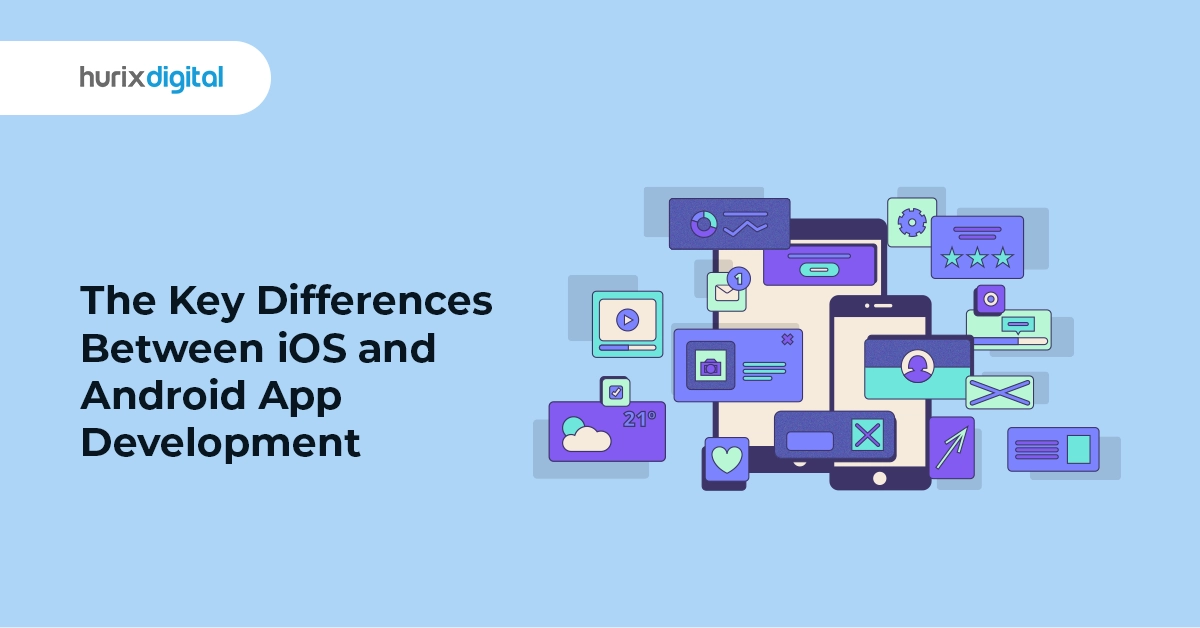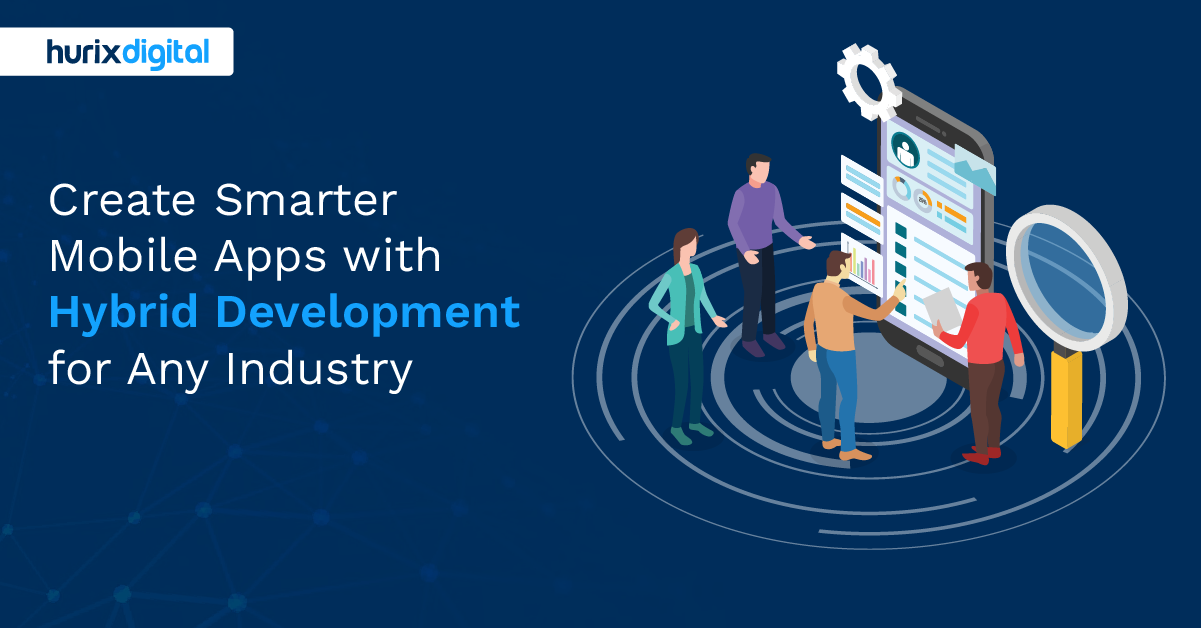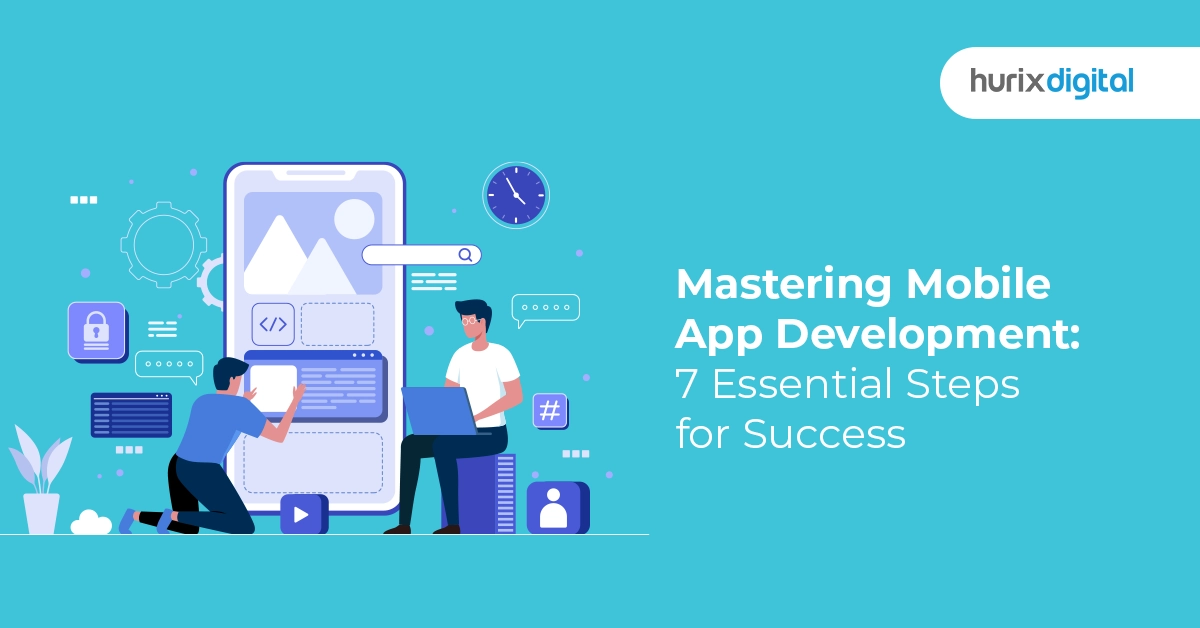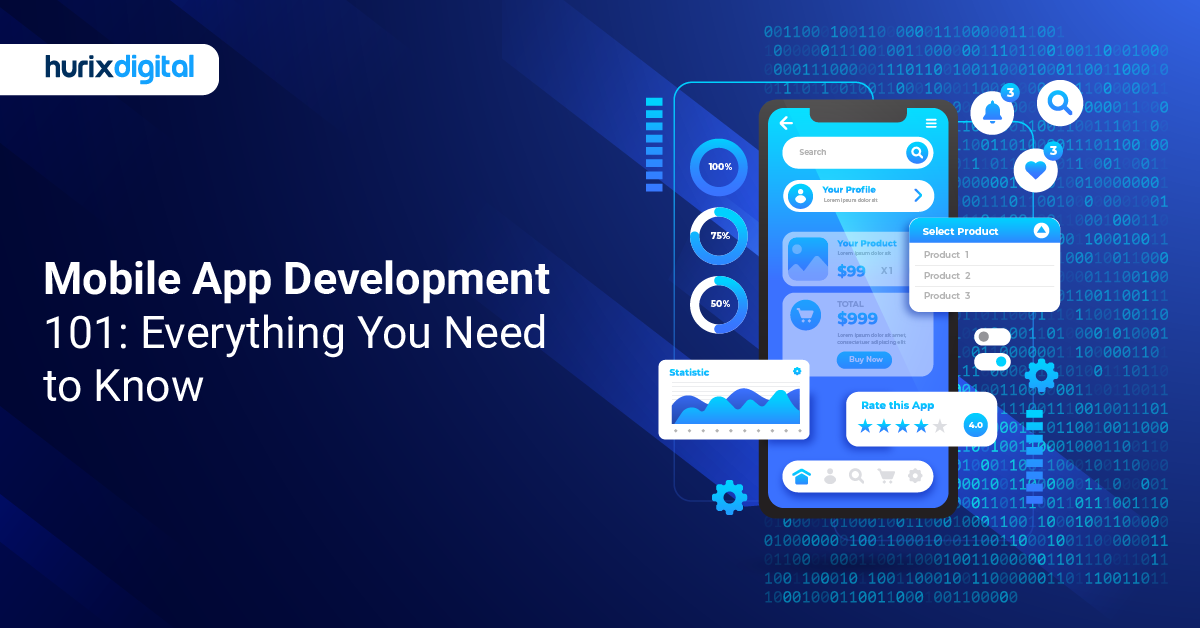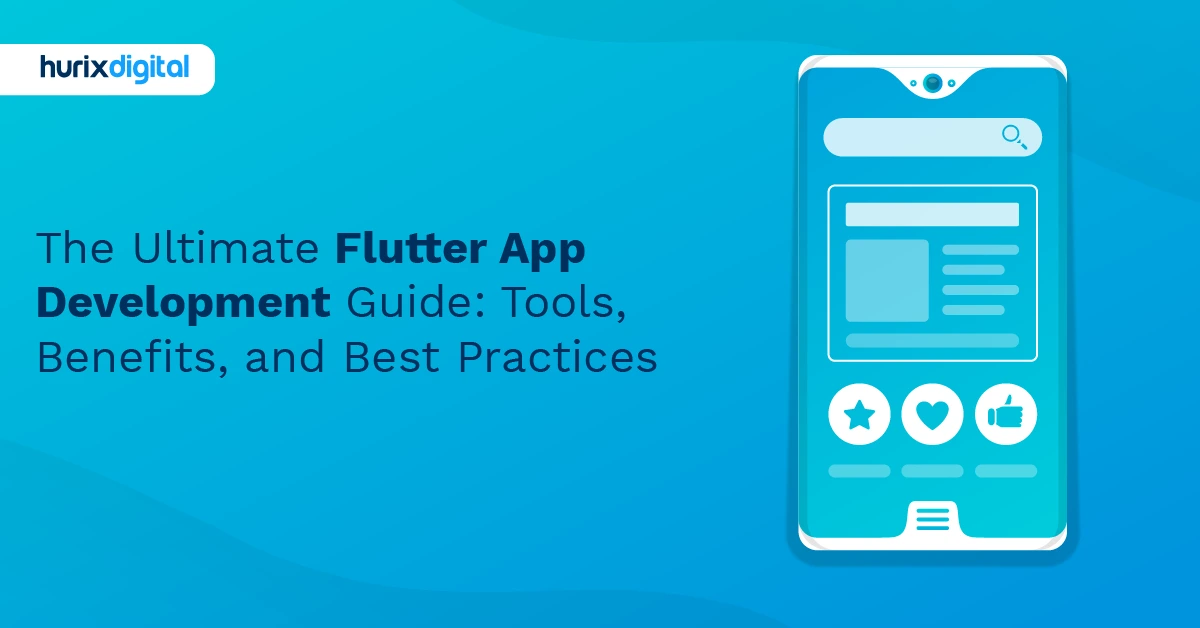
Ravi Sharma
July 11, 2025
The Ultimate Flutter App Development Guide: Tools, Benefits, and Best Practices
Summarize with:
Table of Contents:
- What is Flutter?
- What is Flutter Mobile App Development?
- Which Language is Used in Flutter?
- What is the Hype About Flutter App Development?
- Top 7 Reasons to Choose Flutter for Mobile App Development
- Benefits of Flutter Mobile App Development
- 8 Key Strategies for Optimal App Performance
- Tips and Strategies to Ensure Secure Flutter App Development
- Why is Mobile Developer Flutter a Top Choice for Start-Ups?
- Top 5 Flutter App Development Tools
- Takeaway
What is Flutter?
Google developed an open-source UI software building tool called Flutter. It uses a single codebase to create cross-platform software or native apps for iOS and Android. The toolkit includes wide, adjustable widgets specifically created for unique application design requirements. Flutter app developers can benefit from the toolkit’s troubleshooting characteristics and hot reloads, which eliminate the requirement for frequent restarts, to improve its ease of use.What is Flutter Mobile App Development?
Flutter, an innovative open-source framework by Google, has rapidly gained popularity thanks to its countless advantages. It is a dynamic, cross-platform framework crafted by Google and embraced by approximately 46% of global software developers as of 2022. Renowned for its effectiveness and capacity to produce high-performing apps, it stands out as an exceptional framework. This software development kit (SDK) allows developers to create responsive native apps for Android and iOS platforms. Using Flutter app development tools helps you minimize development costs and reduce coding time, ensuring world-class deliverables. These tools offer a single codebase and accelerate the app development process with customizable UI widgets and automated testing.Which Language is Used in Flutter?
Dart is the technology that forms the basis of Flutter app development. It’s an object-oriented programming language created by Google that is client-optimized. Dart can compile into JavaScript and native code for desktop and mobile platforms. Because of this direct compiling, it doesn’t need an extra gateway to interact with the platform, like say, ReactNative. This enhances the app’s efficiency and starting time in general.What is the Hype About Flutter App Development?
Within 2 years of its launch, the Flutter app framework penetrated a massive user base of 2 million people. This is ground-breaking and worth remembering for the developer community. But what is Flutter app development? Google implemented a cross-platform framework for developing mobile applications on both iOS and Android devices. Out of the box, it supports both 2D and 3D graphics rendering. The platform is perfect for mobile devices with limited hardware resources available for running the app because it is lightweight and fast by design. It takes care of the under-the-hood plumbing, enabling developers to focus on creating a high-quality native user experience. Flutter can be used as a replacement for both React Native and native development.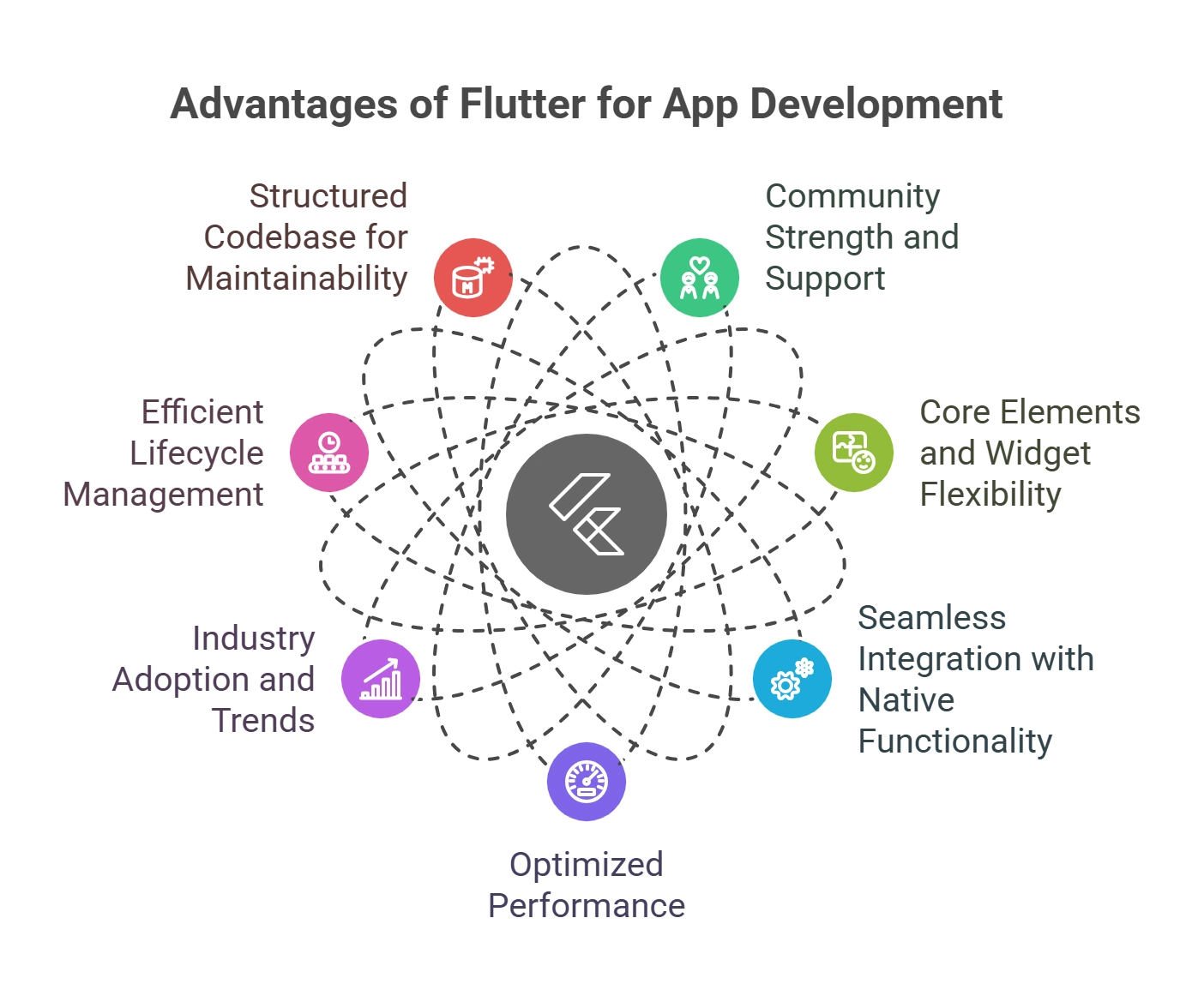
Top 7 Reasons to Choose Flutter for Mobile App Development
Below are the top 7 reasons to choose Flutter for mobile app development:1. Community Strength and Support
Flutter’s first advantage for mobile app development is its large, growing community of developers. It has over 1,55,000 stars on GitHub. This large community helps new Flutter developers by sharing code snippets of JavaScript Bridge, answering questions on forums, and discovering solutions to problems. There is also a network of Flutter user groups in many major cities that organize meetups and conferences. The Flutter community continues to contribute back to the core framework. For example, in the 1.22 release earlier this year, over 6,300 issues were resolved with help from community contributions. This level of support helps Flutter improve rapidly. Committed communities also help future-proof mobile development frameworks by ensuring they are maintained and supported for many years. Overall, being part of a large developer network lowers the risks of choosing an emerging technology like Flutter.2. Core Elements and Widget Flexibility
At its core, Flutter App Development is based on widgets. Widgets allow developers to create each visual element on mobile as an independent, reusable component. Some common widget types include buttons, text fields, cards, and more. This widget-based approach offers the following advantages:- Code is organized into logical, discrete chunks that can be easily understood, modified, and tested independently.
- The widget tree structure lends well to declarative programming, enhancing code readability and maintainability.
- Complex screens can be built from simple widgets without complicated view hierarchies.
- Hot reload allows visual changes to widgets to be seen instantly without rebuilding the whole app.
3. Seamless Integration with Native Functionality
Despite being a cross-platform mobile development framework, Flutter allows access to core native device APIs and capabilities. This is enabled through platform channels that let the Flutter code interoperate with platform-specific implementations. Some standard platform plugins available for Flutter include:- Camera/Image Picking
- Location & Maps
- Notifications
- Sensors (Acceleration, Gyroscope, etc.)
- Connectivity & Battery Status
- Device Information
- App Lifecycle Control
4. Optimized Performance
For a cross-platform framework, Flutter provides surprisingly high performance that rivals or exceeds native Android language speeds. Some key reasons for this include:- Flutter renders to its own Skia graphics engine, leveraging the GPU for fast drawing.
- Hot Reload means changes can be seen instantly without recompiling/restarting the app.
- Flutter uses platform integrations rather than interpretation, avoiding redundant software layers.
- Flutter compiles efficient ARM machine code for both iOS and Android.
5. Industry Adoption and Trends
Since its release in 2018, Flutter usage has increased in the industry. A 2022 survey showed that 46% of developers chose Flutter for their work. The growth shows the number of developers adopting Flutter.- Google has used Flutter to build internal tools like ads and is continuing its development.
- Other big-name users include BMW, Equinox, Square, and Alibaba.
- An October 2021 StackOverflow survey found Flutter to be the 8th most popular framework worldwide.
- As of July 2023, over 1 million Flutter apps were available, having doubled from 500,000 in mid-2022.
6. Efficient Lifecycle Management
Early versions of Flutter app development did not have a built-in way to track an app’s status during foreground/background transitions. However, support for lifecycle management is now provided through the WidgetsBindingObserver interface. By making a StatefulWidget subclass implement this interface, developers gain callbacks for lifecycle events like:- didChangeDependencies()
- didUpdateWidget()
- deactivate()
- dispose()
7. Structured Codebase for Maintainability
Flutter draws inspiration from React with its functional, declarative programming paradigm and focus on widgets. However, its core syntax also adopts familiar concepts from native Android language development:- Classes mirror Activities/Fragments as building blocks.
- StatefulWidget acts as a state container-like view model.
- Widget build methods parallel layout inflation.
- Widgets are arranged in trees, similar to view hierarchies.
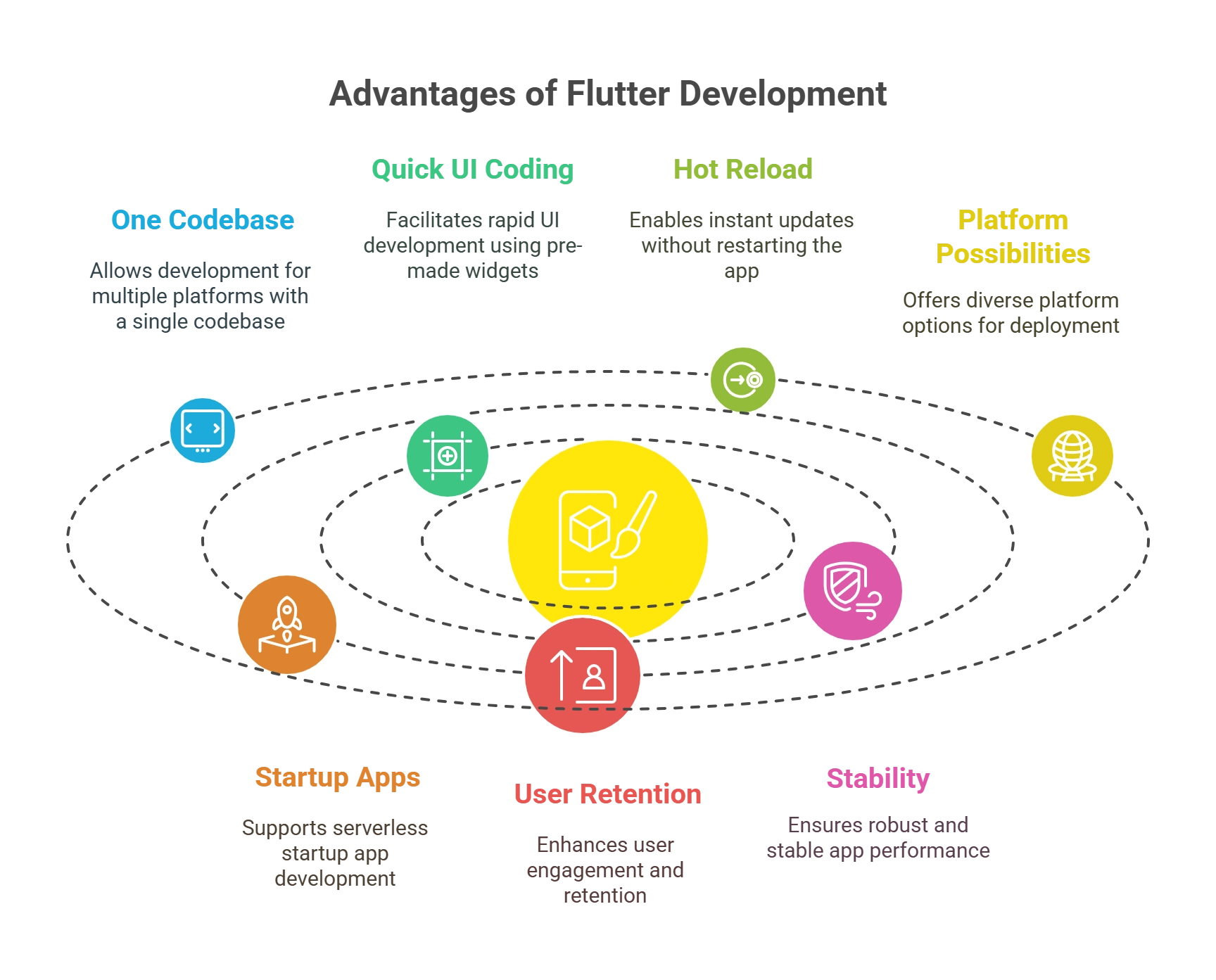
Benefits of Flutter Mobile App Development
Developing mobile apps with Flutter is simple, even for inexperienced developers, thanks to its multitude of characteristics. Flutter’s instant updates and real-time support help retain users. Here are some of the key benefits of the Flutter mobile app:1. One Codebase Across Several Platforms
Writing code independently for an iOS app and an Android app takes the most time when developing a native app. Although it necessitates building distinct codebases for every app and starting from scratch twice, the end product is just one app. With Flutter, developers can use a single codebase to build apps for various platforms, such as desktop, web, iOS, and Android. Development expenditures and time are significantly reduced because separate codebases for every platform don’t need to be maintained.2. Quick Platform UI Coding Using Pre-Made Widgets
A widget in Flutter is an element that lets you construct a user interaction with various building blocks, like fonts, buttons, and whitespace. As long as an identical set of tools is utilized, these widgets may be employed to generate a variety of designs, from basic to intricate. Cross-platform UI development and modification, which usually takes a long time, can now be completed much more quickly with the help of the Flutter app development tools.3. Hot Reload
Flutter’s most advanced hot reload feature for application development is a characteristic that developers worldwide have acknowledged. This revolutionary feature lets you quickly view small code improvements without having to restart the entire application, saving developers time and increasing productivity. Thanks to hot reloading, developers can quickly test several designs and assess how they impact an application before deciding on the ultimate notion. This allows you to avoid downtime during testing or troubleshooting your project afterward! Assistance from a knowledgeable Flutter app developer will improve any upcoming app development projects.4. Numerous Platform Possibilities
With this model, you can create endless possibilities for your company. Making iOS and Android applications is not in any way constrained. It is possible to create applications for Linux, Windows, and Mac. This allows you to interact with customers who don’t use smartphones and enhances your brand’s reach and exposure.5. Promotes Startup Apps Without a Server
Startups can develop serverless apps by using the Flutter mobile app with Google Firebase serving as the backend. It enables a rapid development cycle that enables you to create applications within the predetermined deadlines. Mostly, this is advantageous to the startups. They benefit from quick upgrades and app releases. Flutter is a great option for developing mobile and web apps, especially when considering costs and budgets.6. High-end User Retention
If your iOS or Android app takes a long time to load, users are likely to remove it, which could cost you customers and put you behind the competition. However, when you choose to create your app with Flutter, the game is played very differently. Shorter loading times guarantee that users can start using your app more quickly and reduce the likelihood that they will leave it early.7. Ensures Increased Stability
Flutter’s delivery engines and capacity to translate code into CPU-specific ARM code make it ideal for preserving a stable user interface throughout OS updates and customizations. Applications operate smoothly with Flutter because of its high degree of stability. While some technologies may cease supporting older versions, Flutter ensures connectivity and upholds a uniform development methodology and API. This demonstrates Flutter’s focus on integration and reuse by allowing code created in previous versions to be used in more recent applications.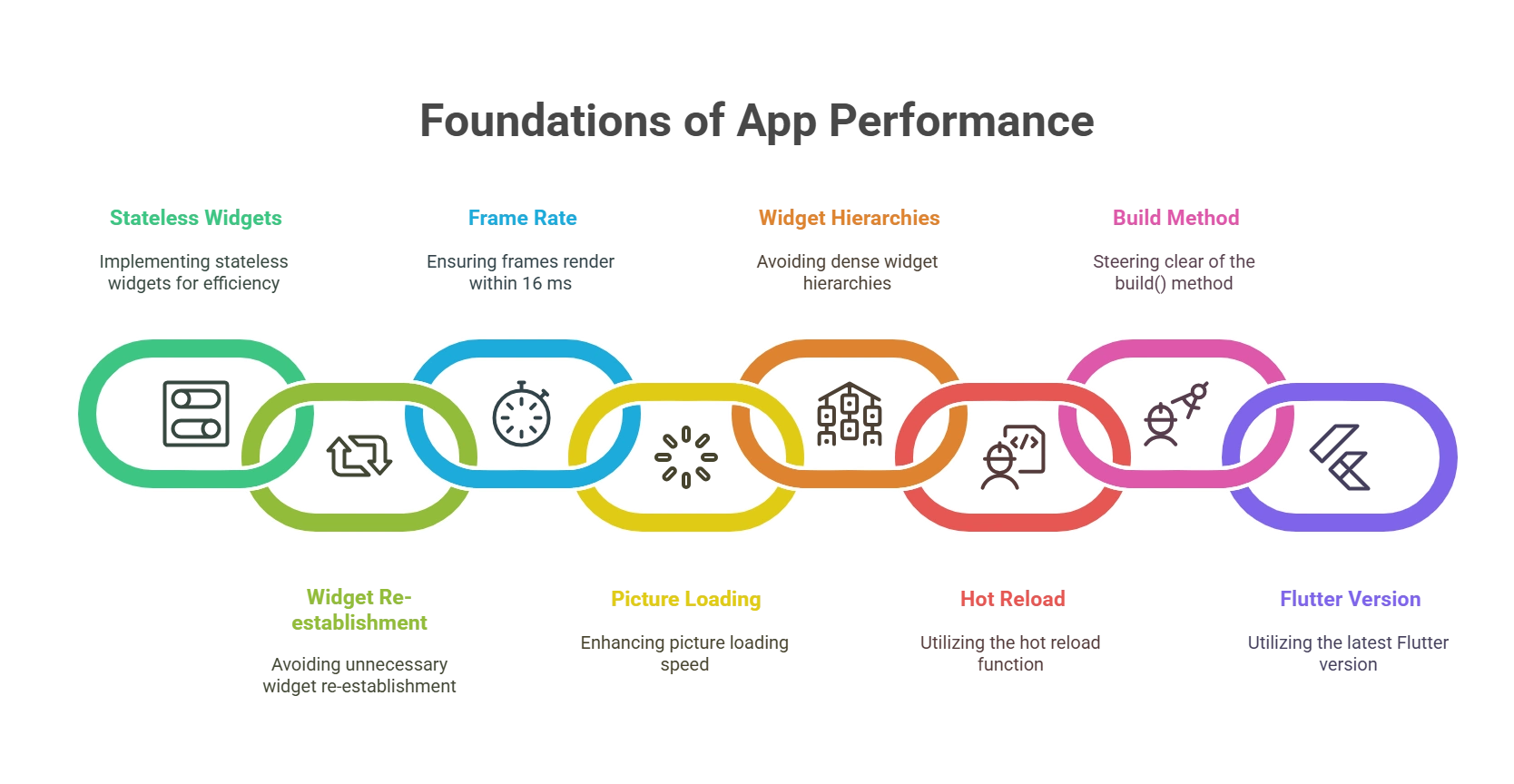
8 Key Strategies for Optimal App Performance
Developers prefer Flutter over numerous other systems when creating a cross-platform framework. To help them create high-caliber apps, here are some suggestions for optimizing Flutter performance:1. Implement Stateless Widgets
When feasible, stateless widgets are quicker and easier to use than stateful ones. This is because the Flutter framework can optimize stateless widgets and doesn’t need extra memory deployment. When a stateless widget’s state changes, the widget tree is not reconstructed. Rather, rendering times are accelerated because the framework only refreshes the tree’s modified sections.2. Refrain from Re-establishing Widgets
The cost of rebuilding widgets can affect the speed of an application. When describing widgets that don’t require rebuilding, apply the const keyword to prevent doing so. Doing this will ensure that the widget is built just once rather than each time the parent widget is reconfigured. For instance, if your widget shows a static icon, you can implement the const keyword to ensure that an icon is created just once.3. Make and Demonstrate Frames in 16 ms
The two domains of presentation are picture and structure. When you can concurrently distinguish the picture and structure for approximately 8 milliseconds, your Flutter mobile app is optimized. 8 ms is allotted to the structure and an additional 8 ms to the image to trigger a 60 Hz display for coders. This will not impact the app’s level but increase battery life and maintain system temperature.4. Enhance Picture Loading
Many web and mobile applications depend heavily on images, but if they’re not used properly, they can also cause performance problems. Flutter development companies should optimize the way images are loaded in their Flutter application to increase their performance. Minimizing the number of network requests needed to load them is one method to achieve this. Utilizing the fade-in image method, which shows a low-resolution image initially before progressively substituting it with a high-resolution variant, is another way to enhance the perceived efficiency of your app.5. Avoid Dense Widget Hierarchies
App speed may suffer from deeply nested widget hierarchies. This is so that when a widget’s state shifts, each widget in the structure has to be constructed and revised. Make an effort to keep your widget tree as simple as possible to prevent deeply nested hierarchies. For displaying lists and grids of items, you can employ the ListView or GridView widgets in place of nesting widgets.6. Make Use of The Hot Reload Function
With the Flutter hot reload characteristic, programmers can execute modifications to the code and see instant upgrades to apps. If you incorporate it into your optimization routine, it can greatly accelerate the iteration procedure. Adding features and repairing bugs is simple. For web developers, the feature isn’t available in Flutter. For the web, you will have recourse to the less effective hot restart method.7. Steer Clear of the Build() Method
Memory usage will increase if you use the Build() technique in your code for building widgets or additional interface components. Due to its high CPU power consumption, it is also expensive. In addition, it would be monotonous labor, which would cause your app to lag.8. Utilize the Most Recent Flutter Version
Improved and novel attributes are always being added to Flutter as it is continuously built and revised. For optimal performance, ensure that you always run the most recent version.Tips and Strategies to Ensure Secure Flutter App Development
When it comes to Flutter app development, embracing security practices is essential. These include protecting user data, preventing financial loss, and upholding user trust. Here are some tips to address security concerns while developing Flutter apps:- Always write code carefully and follow Flutter’s best practices while coding.
- Ensure that all third-party libraries are of the latest versions.
- Practice implementing security design patterns in Flutter apps, such as authentication and authorization protocols.
- Follow the principles of data encryption to protect sensitive data and render it unreadable by unauthorized entities.
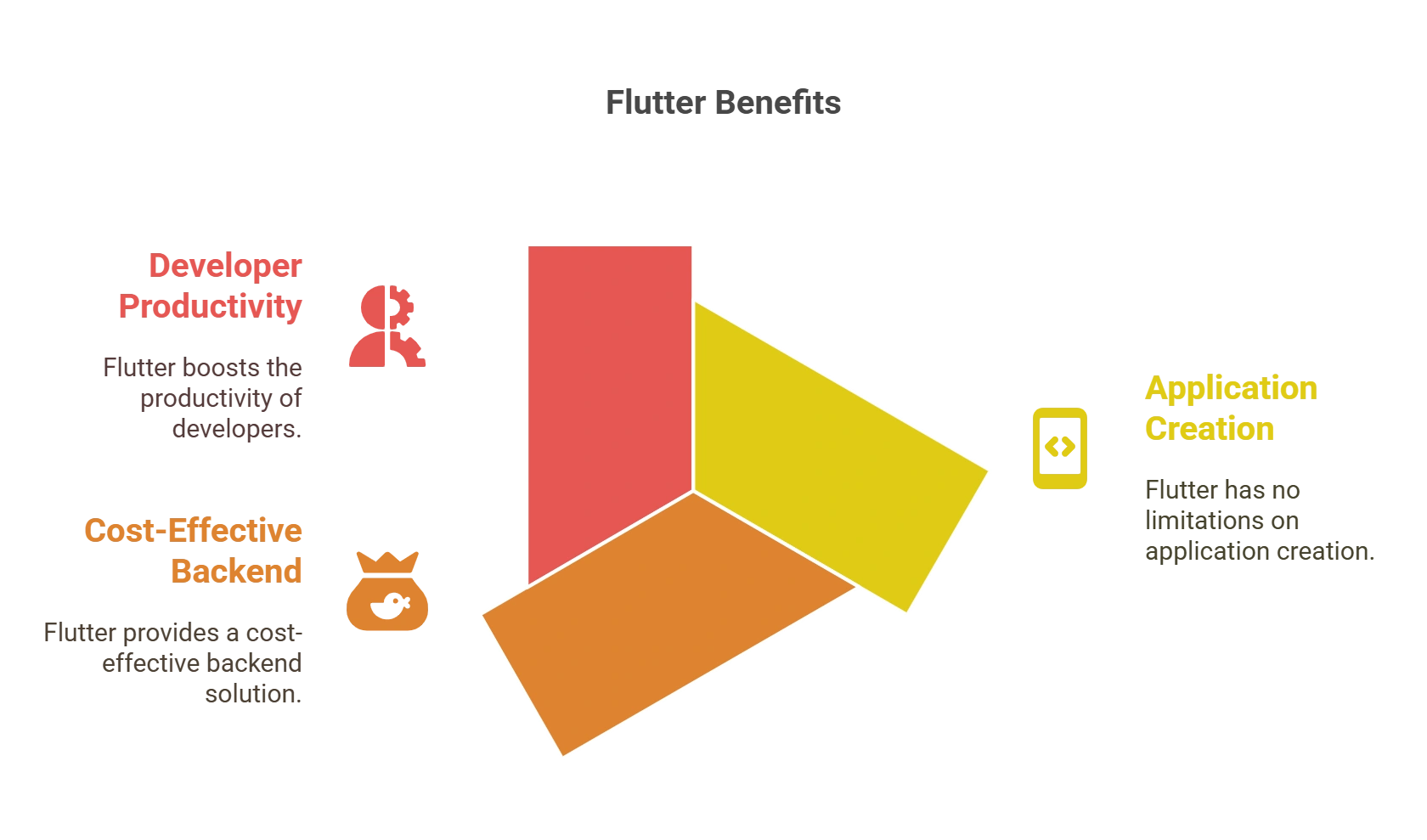
Why is Mobile Developer Flutter a Top Choice for Start-Ups?
In markets where competition is fierce, startups strive to swiftly draw in new clients. As a result, meeting user needs and a quick time to market should be the top priorities for their software development. Here are the top reasons Flutter app development services are a preferred choice, especially among start-ups.1. Lack of Limitations on Application Creation
Developers frequently encounter code limitations and procedural obstructions while building native apps and cross-platform applications. However, Flutter enables users to benefit from an all-around strategy and only offers the code once. Additionally, Flutter for the Internet and Flutter Windows Integration let programmers launch Flutter apps in a web browser without modifying the original code.2. Provides a Cost-Effective Backend Solution
Most startups need a backend solution that is cost-effective and accessible. Due to its versatile and budget-friendly features, you can choose Flutter with Firebase as your backend. Numerous services, including cloud assistance, authentication-driven privacy, and accurate database support, are offered by the Google backend solution. However, if you shift to Firebase to handle your backend necessities, you can expand effortlessly and enjoy greater flexibility, a characteristic that is essential for startups.3. Boosts the Productivity of Developers
Flutter coders are incredibly productive developers. “Hot reload” features let you alter the code and see how it changes the application in an instant. Additionally, it lets you prevent recompiling, which will ultimately save a ton of time. This is advantageous for startups because they have to ensure that their updates and iterations happen quickly. If developers can code more quickly and without problems, their time to market will automatically decrease.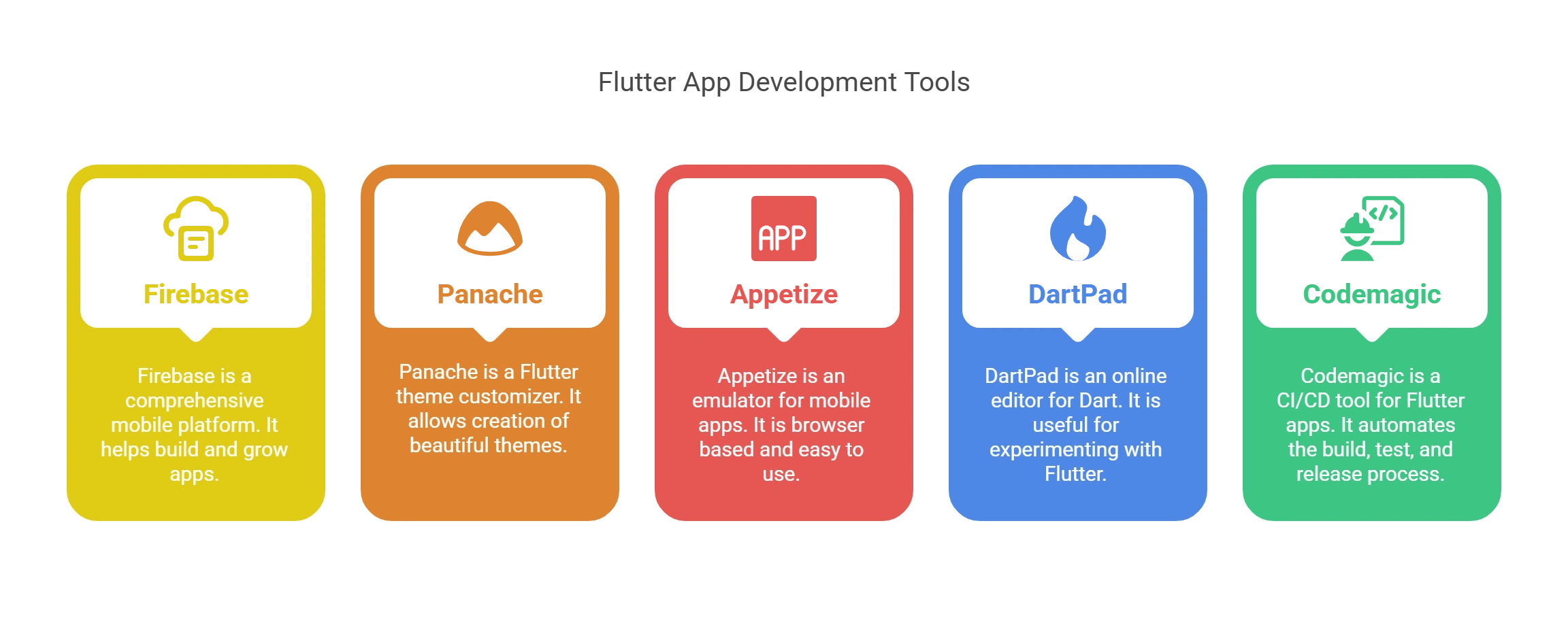
Top 5 Flutter App Development Tools
With numerous tools entering the market each year, finding the right tools for mobile app development can be like searching for a needle in a haystack. To make things easier, we have compiled a list of the top 5 platforms poised to shape Flutter mobile app development:1. Firebase
Firebase is a cloud-based Flutter app development platform. Backed by Google, this tool allows you to develop, manage, and scale Flutter projects effortlessly. With this backend platform, you can access services such as authentication, storage, and database management without setting up complex infrastructure.- Secure Interface: With Firebase’s advanced authentication feature, you can create a robust authentication system for a smooth sign-in process and onboarding experience. This feature supports email and password authentication.
- Data Management: Firebase offers a robust data management and storage solution that helps you store and manage multiple multimedia content like PDFs, images, and videos.
- Real-time Data Integration: Firebase’s real-time NoSQL database allows you to synchronize the legacy and existing data seamlessly across different devices.
2. Panache
Are you looking for a Flutter development tool to create a user-friendly interface for an intuitive user experience? Panache offers an ideal solution. You can create customized, responsive, and visually attractive UI without extensive coding or design skills. Panache’s amazing features allow you to easily personalize themes, buttons, widgets, and more.- Easy UI Interface: Panache’s built-in drag-and-drop widget feature allows you to create attractive themes, even if you are not a design pro.
- Real-time Preview: Frequent UI iterations are time-consuming. This feature gives you a preview in real time, allowing you to make quick iterations within a couple of hours.
- Extensive Export Options: This feature allows you to integrate various Flutter projects, making exporting themes seamless, quicker, and hassle-free.
3. Appetize
If you are looking for a tool to build cloud-based Flutter apps, Appetize offers top-notch features. This reliable Flutter mobile app development tool ensures automated testing and faster time-to-market. With this app emulator, you can test the applications on different devices without setting up an IT infrastructure. It makes the testing process quicker and ensures the app is compatible across all platforms.- Testing Management: This feature allows you to test Flutter projects on Android and iOS devices. In addition, Appetize allows you to manage, track, and consolidate test reports for easy access.
- Instant Emulator: Appetize’s instant emulator allows you to run native and cross-platform apps in any browser. It doesn’t require any plugins, downloads, or installation, giving you a preview of the app before it is live.
- Debugging Capabilities: Appetize offers robust debugging support, allowing you to identify and troubleshoot issues efficiently. This feature allows you to capture, inspect, and fix the debug log events for future analysis.
4. DartPad
DartPad is a Flutter mobile development platform tailored with an online interface enabling real-time coding, compilation, and execution of Dart code. Additionally, DartPad has features like syntax highlighting and autocompletion for an efficient coding experience.- Interactive Coding Editor: DartPad offers a web-based code editor for real-time code execution and output display. This allows you to test and assess various Flutter code snippets without having to set up a physical infrastructure.
- Debug Support: You can run Flutter code to see how the app would behave in a simulated mobile environment. The platform offers robust debugging capabilities to help you identify and fix the issues.
- Instant Feedback: When you type a code in DartPad, the tool provides immediate feedback, showing syntax errors and offering suggestions to help you correct the code.
5. Codemagic
Codemagic is one of the most sought-after mobile development platforms for Flutter apps. It is the first CI/CD tool dedicated solely to Flutter apps, and it can test, build, and manage them. In addition, Codemagic allows automation for the release process for iOS and Android apps.- Cloud-Based Testing: Codemagic allows you to automatically identify and test a cloud-based Flutter app without requiring any complex configuration.
- Customizable Workflows: It enables you to extensively customize workflows, catering to the needs of complex Flutter projects.
- Integrations: Codemagic enables you to integrate your apps with third-party services and automates the CI/CD process.
Takeaway
While creating apps, developers are still deciding on whether to use the relatively new Flutter framework. However, Flutter app development companies have emerged as a popular option, winning over software professionals at a never-before-seen pace. Compared to its closest rivals, Flutter app development is easier to use, more affordable, and offers an intuitive user interface. If you are looking for professional options to help you develop cross-platform apps, contact Hurix Digital. We handle every part of the app development process, from conception to the very end of delivery, and guarantee the creation of top-notch mobile apps that meet your needs. Through the years, we have designed and implemented highly user-driven and accessible mobile applications for both internal businesses and our clients. This has given us a greater understanding of the various use cases and needs. Book a 15-minute discovery call to understand more about Flutter and other innovative mobile application solutions from Hurix Digital.Summarize with:

Vice President & SBU Head –
Delivery at Hurix Technology, based in Mumbai. With extensive experience leading delivery and technology teams, he excels at scaling operations, optimizing workflows, and ensuring top-tier service quality. Ravi drives cross-functional collaboration to deliver robust digital learning solutions and client satisfaction
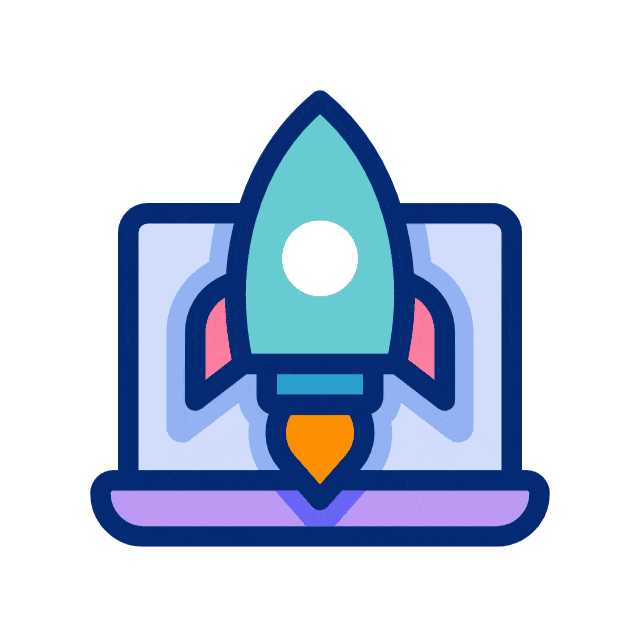 Upcoming Masterclass | Build an Army of Brand Evangelists using Training & Development | November 20th, 8:30 AM PDT | 11:30 AM EDT | 10:00 PM IST
Upcoming Masterclass | Build an Army of Brand Evangelists using Training & Development | November 20th, 8:30 AM PDT | 11:30 AM EDT | 10:00 PM IST
